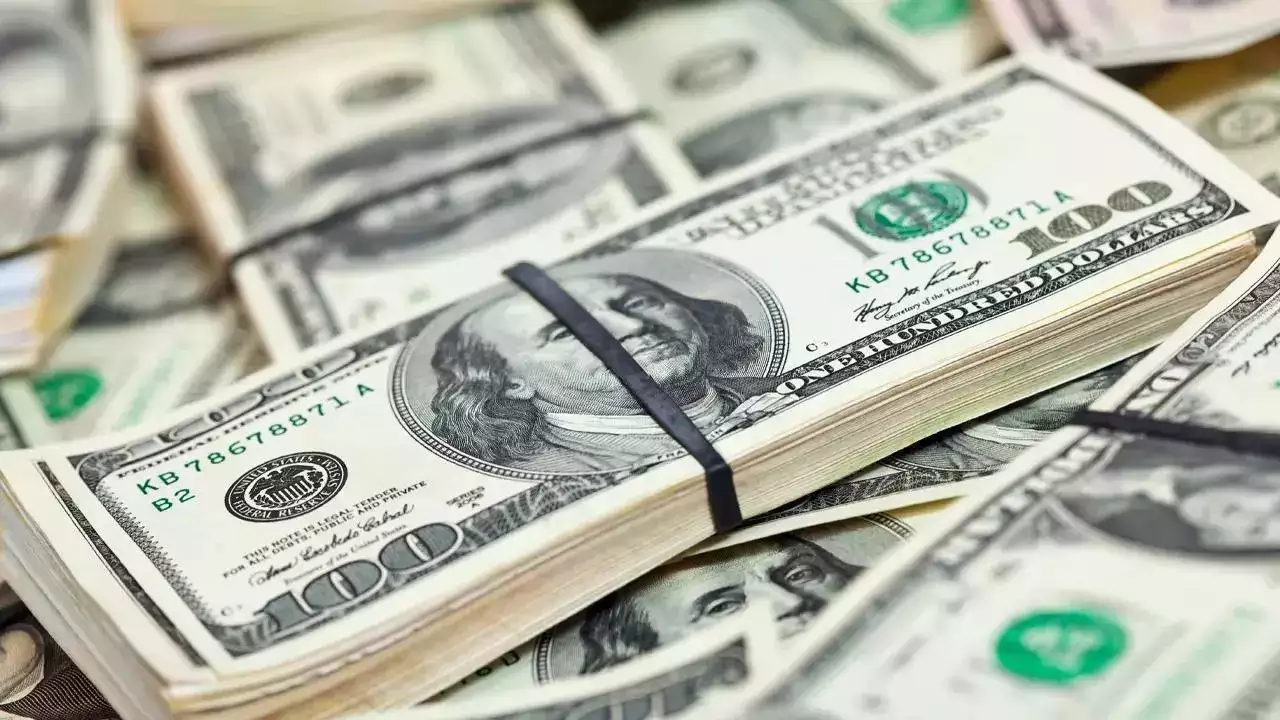.png)

The dollar remained near its highest level in more than two years on Tuesday, driven by shifts in market sentiment and economic developments. This rise reflects a combination of strong U.S. economic data and a recalibration of investor expectations regarding potential interest rate cuts in 2025. At the same time, global market dynamics, including uncertainties surrounding Britain's fiscal health and upcoming policy changes under President-elect Donald Trump, have kept the financial landscape in flux.
Economic Data and the Dollar's Strength
Recent strong economic data from the United States has weighed prominently on the dollar's performance. Significant and resilience job growth, robust consumer spending, and a better-than-expected GDP number painted the picture of an economy still chugging ahead despite headwinds from other parts of the world. That has influenced traders to reassess the question of whether the Federal Reserve will cut interest rates in 2025 as weaker economy fuels the need for easing.
Interest rates have been the major determinant of currency strength. With higher rates, foreign investment has been attracted into the economy, as investors are looking for better returns on dollar-denominated assets, thereby increasing demand for the currency. Fading expectations for rate cuts have bolstered the dollar, keeping it near a two-year high.
Sterling Under Pressure
The dollar has gained strength, but the British pound (sterling) remains under pressure due to worries over Britain's fiscal stability. Currently, it is facing numerous challenges, of which lackluster growth in its economy, stubborn inflation, and an unclear fiscal policy of the government are a few. All these factors have made investors nervous about the pound, and as a result, it remains weak in worldwide currency markets.
Sterling's weakness further enhances the strength of the dollar, as investors tend to rush to the greenback as a safe haven during uncertain times. The interplay between these currencies underscores the interconnected nature of global markets, where developments in one region can ripple across the financial landscape.
Focus on President-elect Trump's Policies
Added to the watchlist for the market this week is Donald Trump's expected return to the White House next week. His policies, which will be centered on trade, infrastructure spending, and taxation, may have the capacity to alter the dynamics of economic behavior in the domestic and global fronts. He has previously championed protectionist trade policies that involved tariffs on imports, thus greatly influencing international trade flows and currency markets.
Investors are watching closely for any announcements or policy outlines from the incoming administration. If Trump is going to do similar protectionist measures, then shifts in trade balances will come along with that, and the dollar's path will be further influenced.
Conclusion
The strength of the dollar at present is based on strong U.S. economic data, diminished expectations of rate cuts, and global market uncertainties. As the traders adjust to these developments, the focus is on how the upcoming fiscal and trade policies will shape the economic landscape, especially under the Trump administration. Meanwhile, the concerns over Britain's fiscal health continue to weigh on sterling, further highlighting the dollar's appeal as a stable and reliable currency. These dynamics will drive currency market movements in the weeks ahead, making it a critical period for investors and policymakers alike.